|
The following a transcript done from the informational documentary Hemp Revolution.
Hemp use has been associated with human camps as far back into the Paleolithic ages we could look, its destiny and human destiny is very intertwined.
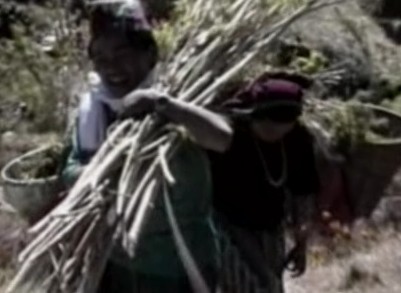
There are few plants that have been as useful to human beings. Of nearly 50, 000 uses which hemp can provide renewably, this includes an edible seed, and edible oil that can be pressed out from the seed a very important fiber in world commerce, a medicine which has been very prominent in Europe and America over the years. That’s a pretty powerful way for a plant to provide or human’s needs.
The longest and strongest fiber in the plant kingdom cannabis sativa
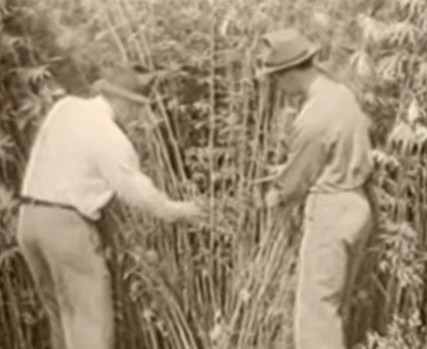
is One of a few strains of hemp which has been essential to world commerce for thousands of years. Before the Mid 1800’s most ships were rigged with Hemp rope and sails.

A 44 gun war ship like Americas old iron sides took over 60 tons of hemp rigging, including an anchor cable over 2 feet in circumference.
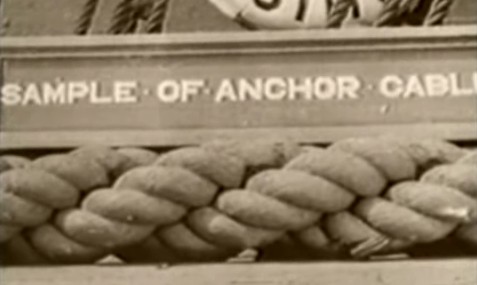
Also the oakum that sealed the ships boards and the sailors clothing were made of hemp, as were the uniforms of soldiers and flags.
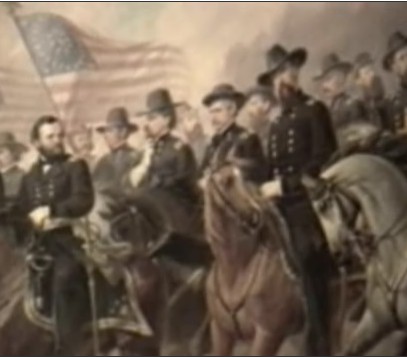
The wagons in pioneer’s days were covered in Hemp canvas.
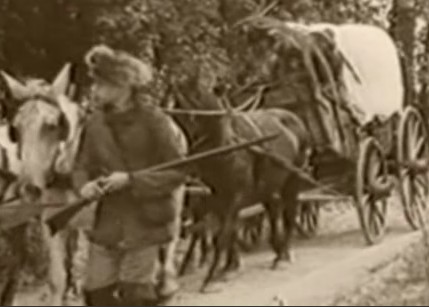
In fact the word canvas comes from the word cannabis which was found in ancient Sumerian and Babylonian languages, 6000 years ago. Americas founding fathers including George Washington

Were keen growers of Hemp, and Thomas Jefferson was probably the first Hemp activist.

Realizing Hemps value to the health and prosperity to the nation he encouraged farmers to grow Hemp instead of tobacco.
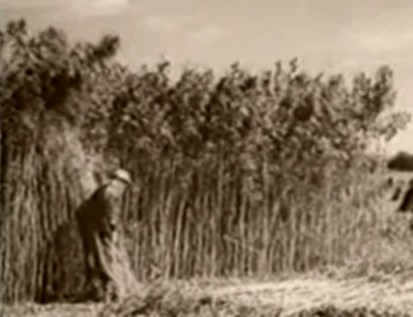
Hemp has been the major paper making material for most of the time since paper was discovered in China.
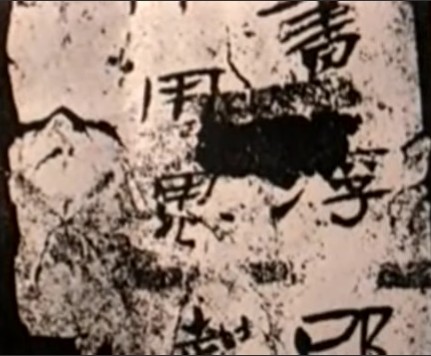
By the 16th century Hemp was the material for European paper makers and made it into some of the finest books ever made including the Guttenberg and king James bibles and many other famous works.

America’s first declaration of independence was also first printed on Hemp paper
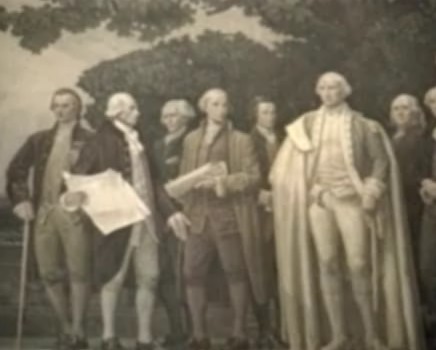
Most paper of this period was made from recycled Hemp canvas.For hundred of millions of us today paper is a way of life the world consumes hundreds of thousands of tons of paper each year.

And to meet this demand hundreds of thousands of acres of forest are cut down It’s a world wide crisis.
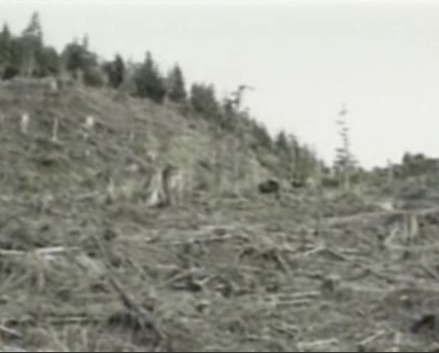
In south eastern Australia vast areas of old growth forests are being chipped and bought by Japanese companies.
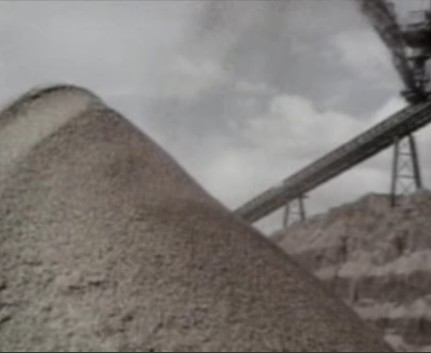
Forester turned activist Eugene Collins states
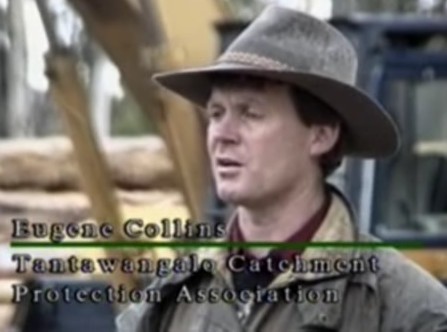
Most of these forest take in the vicinity of a 150 years to mature and do it to provide oxygen and habitat. This operation has been operating some where between 40 and 80 years which is about half o what these forest take to re generate to their full maturity.

This is basically a resource grab from an industry that is in trouble the whole operation is a biological disaster and should be stopped immediately.
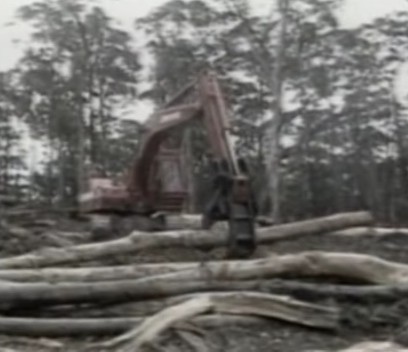
there is no need to be flattening these forest we could be doing it with alternative fibers like Hemp is just but one of many.John Stahl runs a hand paper making printing business in northern California he has found that Hemp stalks produce the best fine quality art paper.

And states wood pulp is used for paper making not because its suitable, simply because its cheap and it is by product of the whole redundant logging industry but the available cellulose is some thing around 30% its really not very good and has to be processed with all kinds of toxic chemicals.
Since the invention of the wood paper process in the turn of the century the paper quality has deteriorated and so has the environment.
The water that comes out of the pulp plant as part of the pulp process has large quantities of chemicals that are toxic to marine organisms that live in the bay.
Those chemicals include dioxins; chloroform and a whole other combination of chlorinated organic compounds over 2000 have been identified.Hemp on the other hand is some where around 77% cellulose
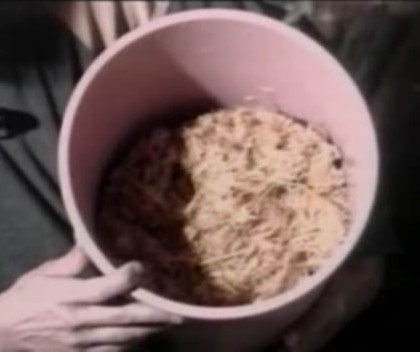
With very few impurities produced it really is an ideal environmentally sound solution for paper making.ealizing the problem associated with wood pulp paper the Dutch government has launched a major research project.
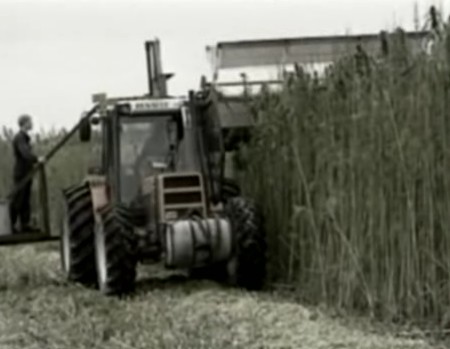
This involves 8 different research institutes to study Hemps potential as a fiber crop for paper making and other uses.
Hemp research will finally a process where we can use Hemp to fibers and around 50,000 products including paper, building materials, cloths, food, energy and more in such a way that we will have a complete clean and energy efficient process that causes very little pollution and prevents trees from being cut down in other countries.
Hemp is ideal as it is resistant to a lot of diseases ad it grows like a weed in the Netherlands, it can be grown wit out the use of pesticides or special regard to soil nutrients. It needs some fertilizer but not a lot.
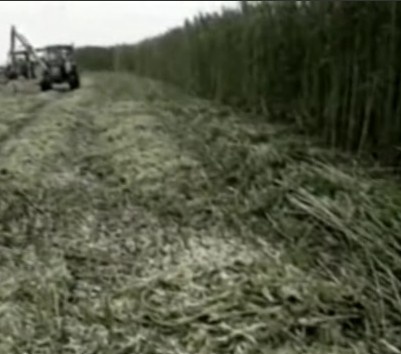
Normally Hemp grows in quicker in hotter climates but even in the Netherlands Hemp is growing pretty fast in their climate.
The Dutch are proud of their perfect crop, which is three to four meters in height, commercial Hemp is also well established in France where they have licensed farmers to grow strains that are almost Drug free.Cultivation for the purpose of paper making in France really began around the year of 1960, so now there are between 3000 and 10 000 hectors.
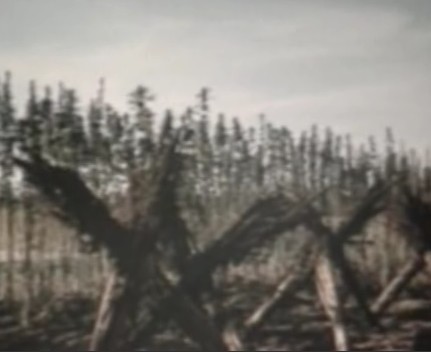
it is used to make special paper, Hemp is one of the very few fibers in the world which contain a very high quality of fibers.The United Kingdom licensed Hemp in the year of 1993, and is already producing a variety of hemp products including quality writing paper.
In Tasmania Australia the government has allowed this experimental non drug strain crop of Hemp at the instigation of Patsy Harmsen.
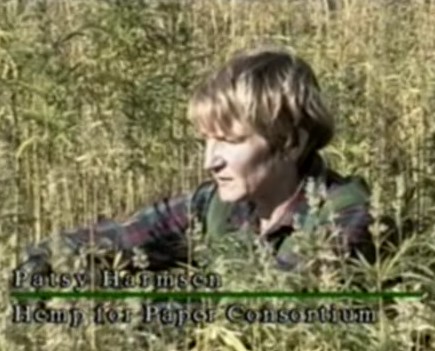
In Australia we would be very foolish to disregard Hemp as it will solve a lot of our problems. One of our major problems soil degradation.
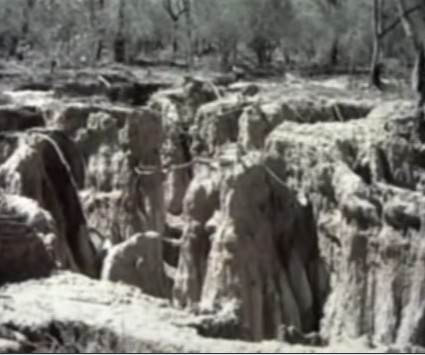
And just like in the old days when Hemp was used to repair land after soil erosion it could just as easily be used these days for repairing our own soil. It’s a natural weed suppressant because of the way it grows, it grows on these tall skinny stalks which are the best fiber in the world.
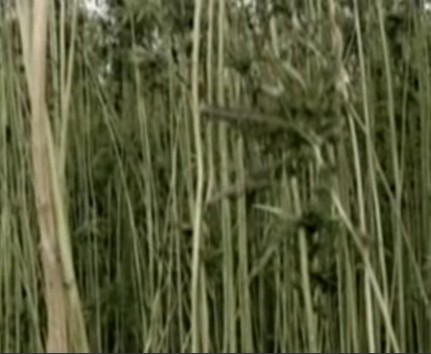
Just with a thick canopy of leaves up above which just prevents any thing underneath from being able to grow.
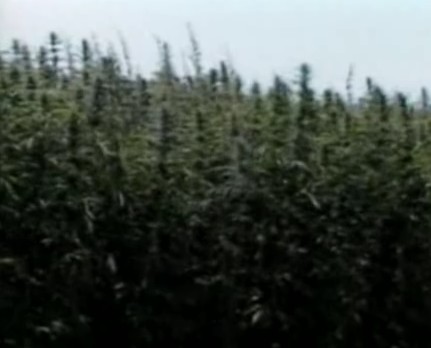
The other great thing about Hemp is its long tap root, the tap root bines the soil together, the nutrients In the Hemp plant are concentrated in the roots, the leaves and the flower Head.
And because is your growing it for fiber your only removing the stalk the roots stay in the ground and the leaves and flower head are returned to the soil which means that your are returning most of your nutrients your only removing cellulose and water if your growing Hemp for paper or textiles.
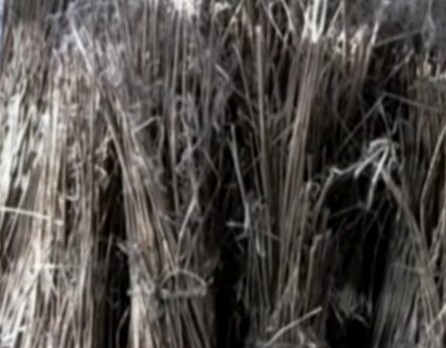
Here I Australia we are virtually giving away our native forest at a price of roughly $70-$80 a ton.

Hemp on the other hand is a practical replacement and would fetch 400 at least.
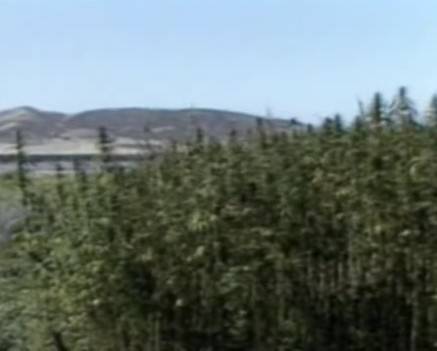
Jim young is one of the few voices in the Us paper industry calling for change.He is the executive editor of pulp and paper magazine.
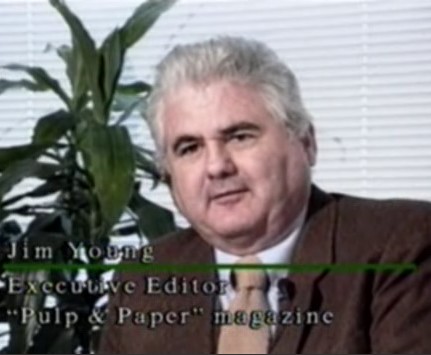
North America obviously has been blessed with an abundance of wood fiber but the citation has changing now and coming to the end of the line with the virgin timber and its time to look at other sources of fiber to be used in the pulp and paper process around the world.
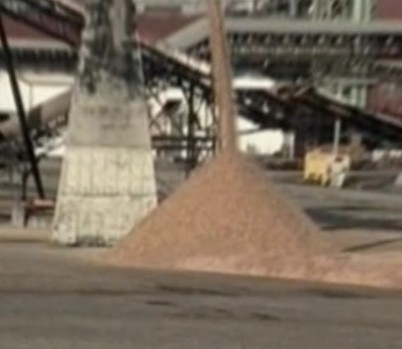
And Hemp is with out a doubt the most practical solution to use for future operations on a pulp and paper mill. The federal government has recognized the need for finding alternatives to wood pulp because obviously we are running out of trees and creating all the health effects. Way backing 1916 the united states department of agriculture published bulletin 404.
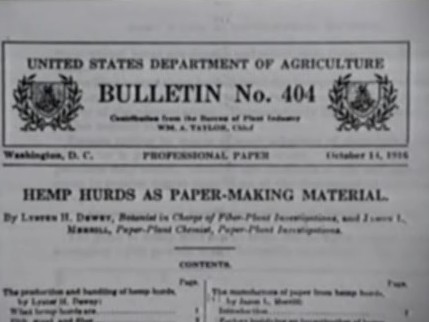
They suggested using Hemp as an alternative to wood pulp. They discovered that an acre of Hemp would yield 4 time as much pulp as a wood fiber on a sustained yield basis.
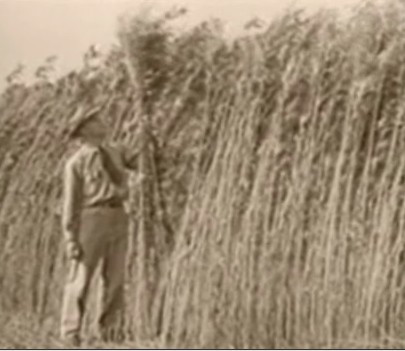
Not only that , they Hemp can virtually be grown in any climate in the world. Hemp grows like a weed enabling you to very easily supply the pulp mill with Hemp ans save the very few trees that do remain to us.
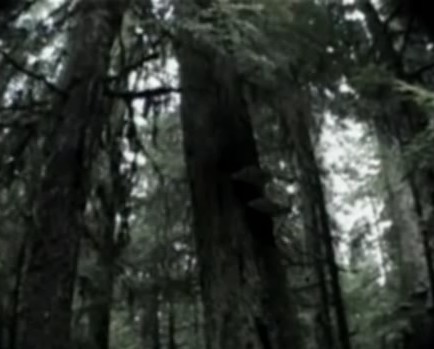
The textile industry justifiable should and is experiencing a re interest in Hemp.
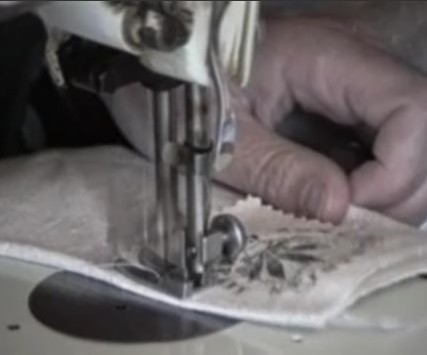
The practical and productive reality of the Hemp fiber is the ability it has to be many things, depending on its method of cultivation and the method of processing. These can range from course Hessians, industrial fabrics such as carpet backings to the finest linens. With special steam treatment the fiber can fibrillate and produce a cloth with the quality of a silky consistency, which is indistinguishable from silk itself.

its limited only by your imagination and the technology which has been developed over hundreds of years. Hemp is undoubtedly the most durable of the natural fibers on the planet.
The original Levi’s jeans were made from recycled sails cloth made from Hemp fiber which proved its worth even under the most trying conditions.
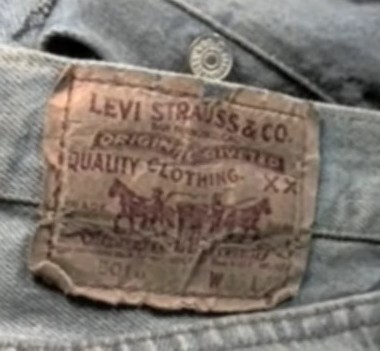
Testing has been done over 3 years testing Hemp of wash and wear, which gave the result of not the slightest wear and tear and or impression of the Hemp fiber its softens but doesn’t under normal circumstances weaken.
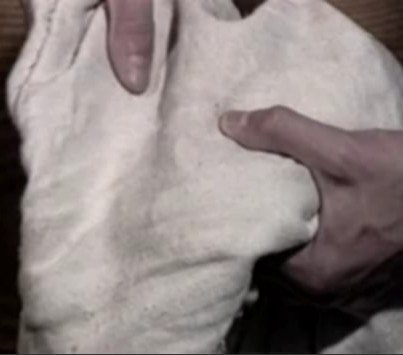
In terms per yield per acre Hemp out produces cotton by about 200 percent, and up to more under ideal suited conditions for the plant.
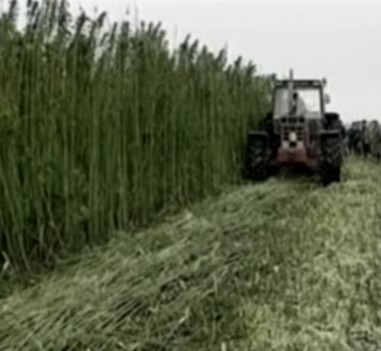
Unlike cotton Hemp can be grown entirely with out pesticides or pesticides

The cotton industry is basically a chemical industry its highly dependent on the uses of pesticides at all stages of production right from the drilling of the seed to the harvesting which pollutes air water and soil and eventually people. Cotton is the 4th largest export earner, foreign exchange earner in Australia.
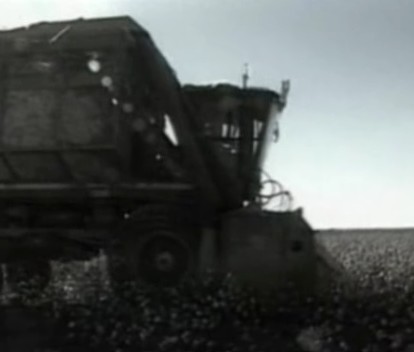
The cotton industry is the heaviest user of pesticides of any rural industry. The cotton industry and its negative health effects are made redundant by Hemp; we need different sorts of crop rotations and to use alternative fibers. We do have this very big environmental problem that the cotton industry does not want to recognize because of the business implications.
The technology is different for processing Hemp so it involves a bit of organization for setting up a Hemp production plant, but when you consider the health effects and how easy and in expensive to it is to grow as you don’t need maintenance and to pour money into chemicals, or to spend on annual medicine needed for people who are getting ill from being in the vicinity and being in among the pesticides, when you consider these glaring costs, Hemp is a far more beneficial crop. Prior to 1937 70 to 90 percent of all rope and twine was made from Hemp.
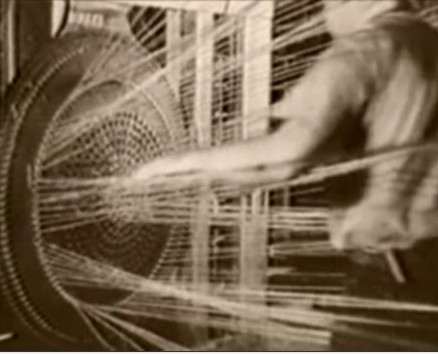
Hemps strong fibers can also be utilized in hundreds of composite products.
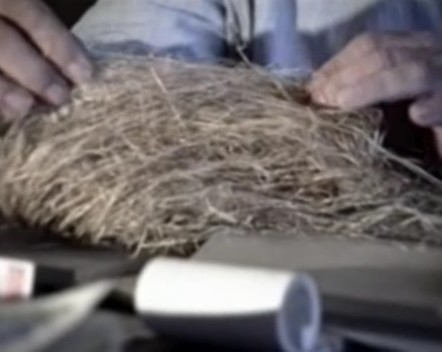
Henry ford used Hemp and other natural fibers to make the body of this car in 1941
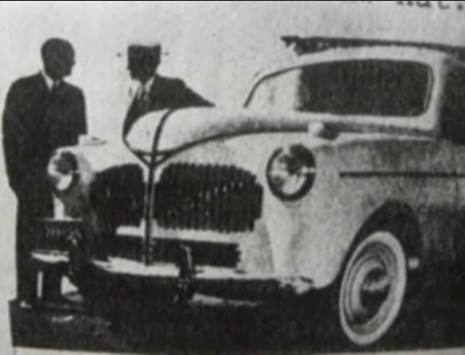
Advanced composites form annual fibers are a way to solve the forest crisis. Trees are cut down for fiber, if you take a Douglass fur tree the longest fiber is ¾ of an inch.
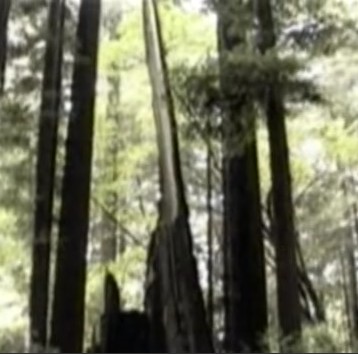
Where Hemp is not a partial of an inch, it amounts to being Feet long. When you making composites there is a rule that says that if every thing else is equal, the longer the fiber the stronger the product, the truth of the matter is that Hemp is superior fiber to tree fiber in every way conceivable.
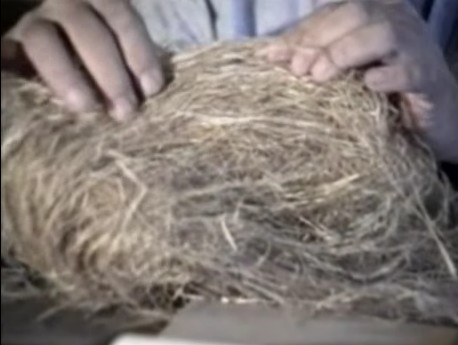
Here is an example of medium density fiber board, in all the strength tests Hemp turned out top be 2 to 3times stronger than the boards that were made out of tree fiber. Hemp can be made into to any thing from a two by four to the body of a jet stealth bomber.
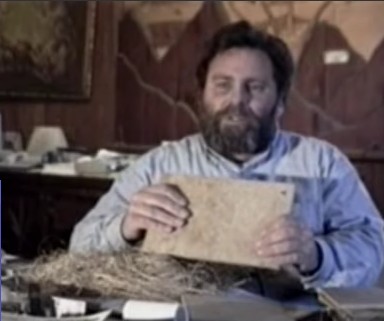
The food industry is looking for a water soluble bio degradable materials that they will be able to make food containers with in the future because the primary concern is to take away the material that needs to go into land fills.
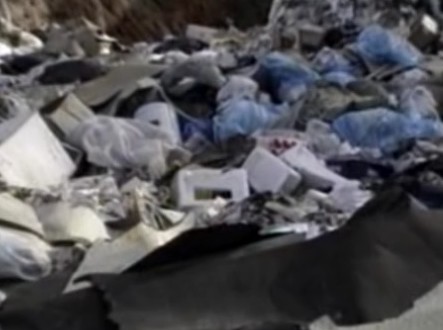
The goal and aim is to make material that will fully bio degrade or be able to be recycled. It is possible to package hamburgers and where the trays could look along these lines.
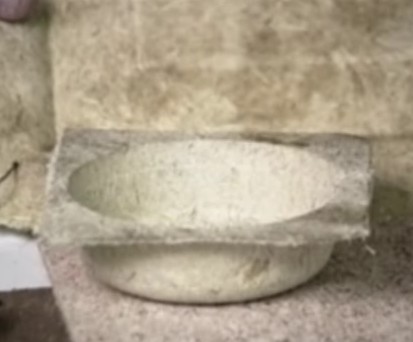
If this product were tossed out r ground up and spread on the landscape they could turn into nature’s fertilizers. There would be no toxic effect. This could also lead to fast food places serving you the food in a container of a flavor of your choice which will enable you to eat your container as your desert.
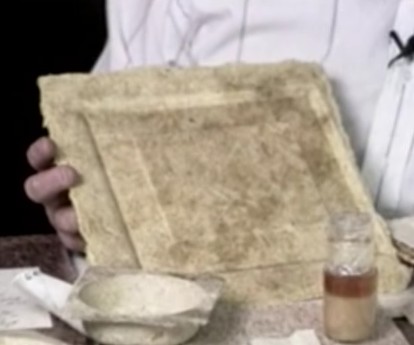
Hemp has the capacity to be rediscovered as the new wave of the industrial revolution where a complete resurrect industry as I the past, 50,000 products can be derived from this fiber and from the oils from the seed.
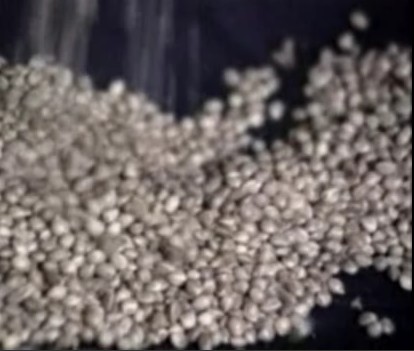
Hemp seeds contain up to 40% high quality Oil, a combustible oil that is traditionally being used in lanterns.

A simple process also allows it to be converted into a relatively clean substance used for diesel bio fuel. In past centuries Hemp seed oil was also a major base for durable non toxic pants. Many great painting are Hemp Oil on Hemp canvas.
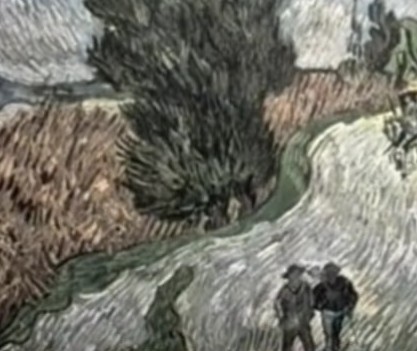
In the Ukraine today Hemp Seed oil is still a major ingredient in the paint industry.
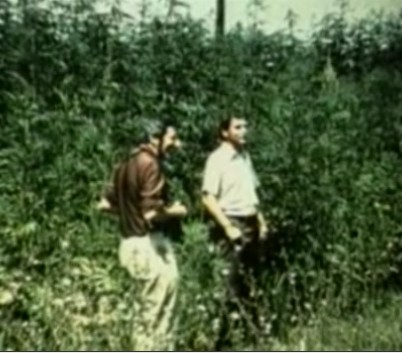
It is also a nutritious base for cosmetics
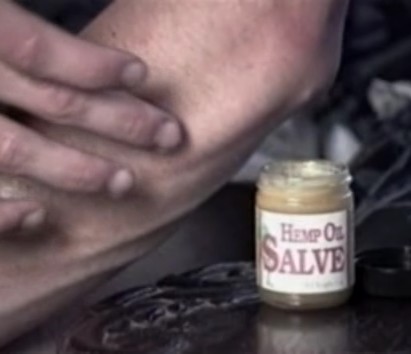
And also is highly nutritious editable oil.
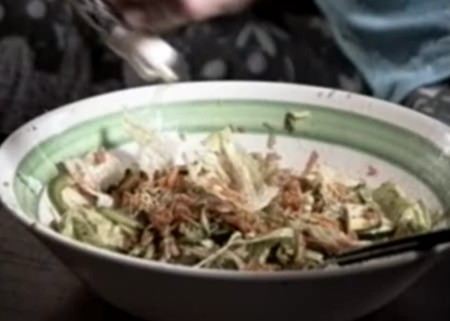
Hemp seed oil is unique in having such a high proportion of the omega 3 unsaturated fatty acids with a very strong cardio protective effect. Hemp seed has been used for millennium as a stable food by many people around the world; it has a near complete balance of essential amino acids second only to soy bean.
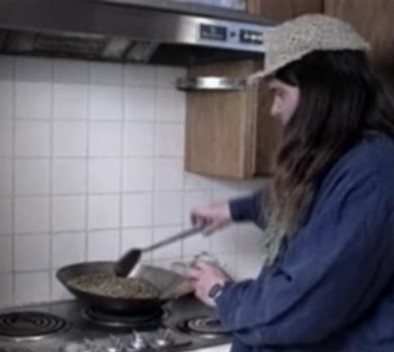
Once the Hemp is in this form being all grounded and roasted you can create quiet a substantial diversity of dishes.
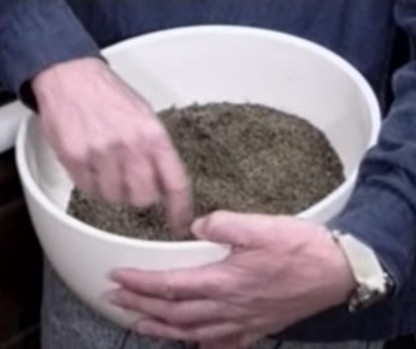
Ranging from any type of bread recipe, like pancakes etc.
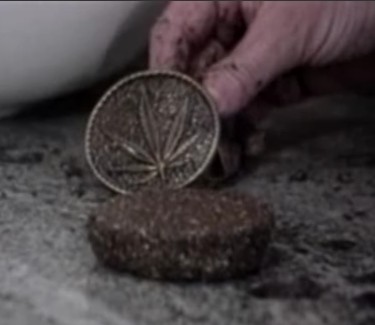
Even Hemp ice cream with nutritional benefits can be made.
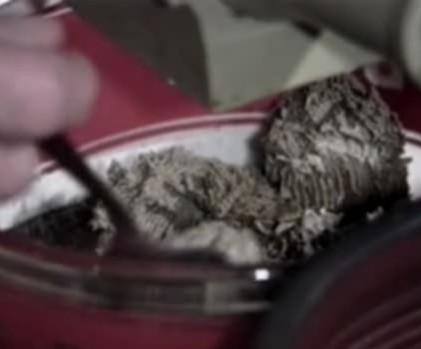
Hemp is the most ecological and economical and easy way to grow protein.Hemp seeds are totally drug free.
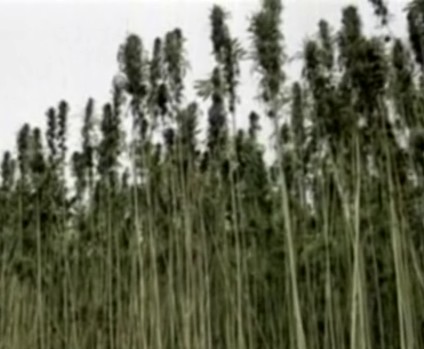
Hemp prohibition in Nepal led to a massive police eradication campaign in the early 90’s. But now only two years later a valley in Nepal is unified to defend its traditional Hemp industries, being primarily rope and Seeds.
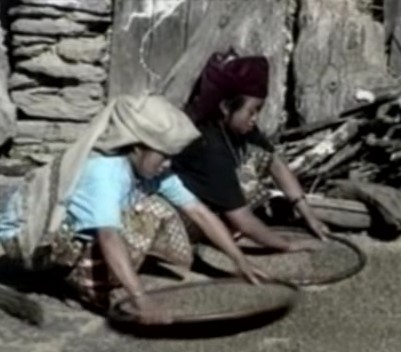
The region of Nepal is too high and dry to grow rice; hence they depend on Hemp seed for survival.
Since 1992 the human union movement established a commercial paper, textile and oil industry. A chemical free industry providing much needed employment and Income.
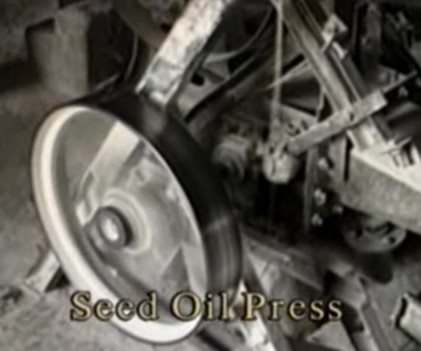
The Nepal people now do not have to make hashish out of their plant, they can simple sell the stalks and the seeds, they can also have food and money form one plant. The surrounding families in Nepal have appreciated the human union movement’s results which can spread to any third world country.

Hemp production in third world countries is a model for sustainable economic prosperity through out the developing world.Hemp can be used as a fuel source an oil source as well as a paper making fiber.

Could Hemp’s fuel make capacity help us to kick our dependencies on highly toxic fossil fuels?
Carbon monoxide is the leading cause of death in Australia country from poisoning. It accounts for more deaths each year then all drug over doses combined. Over history it would be hard to predict how many people have died in history from gasoline that didn’t know it what killed them. It is a poisoning spreading material because it is distilled with benzene and xylene and toluene these toxic chemicals are all known carcinogenic materials.
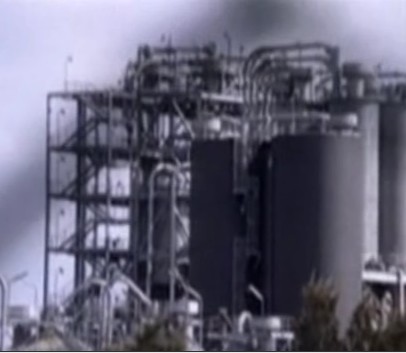
An alternative Fuel Hemp can provide lies in ethanol production. Normal drinking alcohol also known as ethanol is the cleanest of all liquid fuels. Fast growing cellulose plants like Hemp can be made to produce this ethanol.
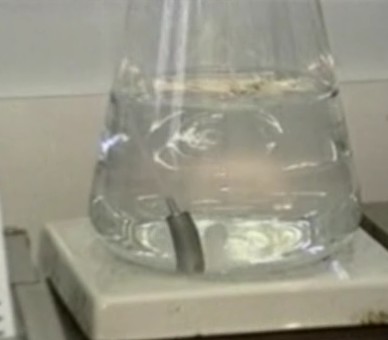
There is no smoke emitted from the exhaust of a car running form ethanol fuel. The emissions are virtually non existent. If one was to burn petroleum result would give off much smoke and toxins.
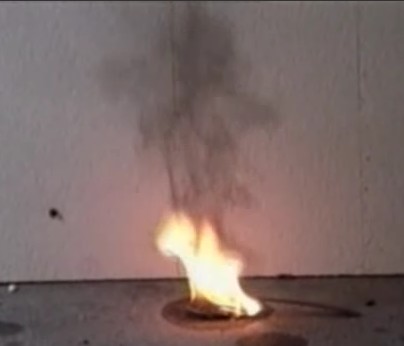
Also when your engine is done burning on petroleum fuel; if you take it apart you can see the carbon deposits. With ethanol there are no deposits.
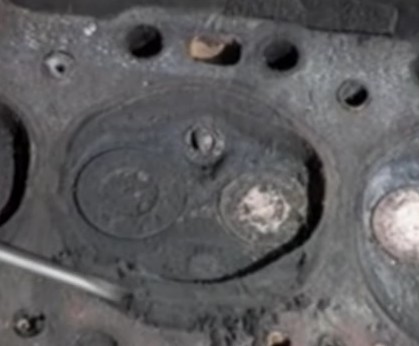
All plants are store houses of solar energy, and all plants can be distilled to produce ethanol fuel. Plants also produce the oxygen need to oxidize the fuel in a car, the emission being carbon dioxide and water a re absorbed by plants where it will result in a clean and balanced cycle.
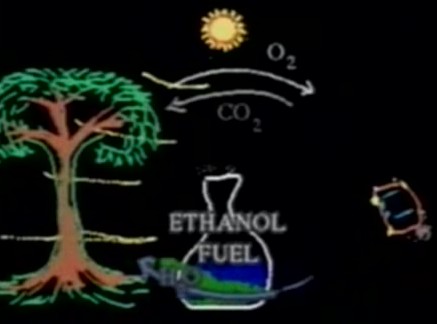
When one reviews all the possible fuel we may use for transport use, ethanol emerges as about the only one that can achieve significant reductions in carbon dioxide accumulation in the atmosphere. Even a 10 percent blend lows emissions from 25- 30 percent, yet is non existent.
Blends are in use but only in a tiny minority of the United States and Australia, virtually UN heard off. Ethanol blends also eliminate the need for lead in fuels. The ethanol is being distilled from sugar Cain, grains or residue starch. Ethanol can also be added to diesel fuel.
Buses running on this blend of ethanol fuel are emitting up to 40% carbon monoxide, 50 percent less smoke and up to 10% less nitrous oxide then straight diesel fuel.

In the context of ethanol making a significant contribution towards transport fuel needs we need to begin producing ethanol, from cellulose or lignin cellulose. All plant is made form lignin cellulose. Fast growing pants that are low in lignin and high in cellulose are most suitable for producing ethanol. Hemp has the most potential in all plant as the most products for human needs can be produced from it. And also because of the tonnage that can be produced from Hemp per acre.
Research has shown from universities that ethanol could be produced economically on a small farm or community level. It could also become the worlds largest agro industries replacing petroleum completely.
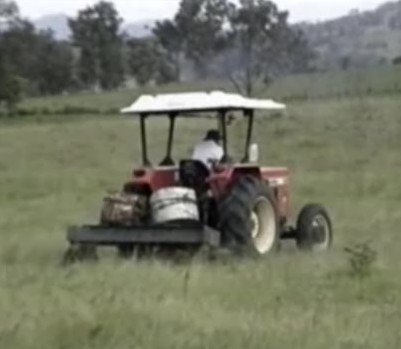
Even the United States could produce all its fuel needs with ethanol, Australia no problem, all of our liquid fuel for transport can be replaced by ethanol. The United States was once the largest producer of Hemp. How did Hemp go from being a major crop to almost non existent in a span of 50 years?
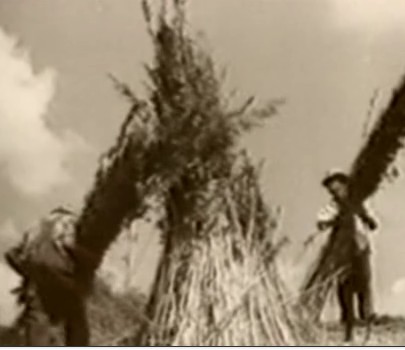
Historical research done by a particular company suggests that is was the discovery of an efficient decorticating Hemp machine and the promised resurgence of Hemp to industry that led to the imposition of legal sanctions of the united states and the demise of the Hemp industry.
In the early 1930’s the American remained highly labor intensive long after competing industries had mechanized further more other fibers like manila Hemp had begun to be imported from under developed countries where labor was dirt cheap. By 1930 the American Hemp industry bottomed out at around 1000 acres, but Hemp technology finally caught up and the Hemp crop expanded to 14000 acres in the next 7 years.
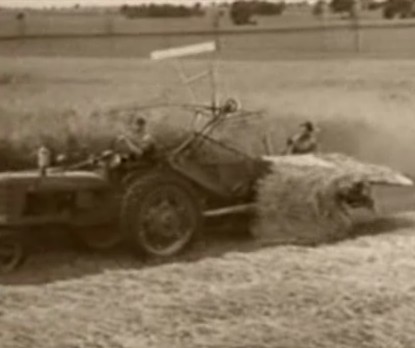
Hemp was poised to become the new billion dollar crop as reported in popular mechanics magazine written in 1938. A factory in Illinois had begun producing find bond paper from Hemp fiber, Hemp with its high cellulose content could also me made into more than 25,000 products ranging from dynamite to cellophane and all man or of plastics. But in the mid 30’s Dupont chemical patented a process to make nylon and plastics from oil and coal.
And a resurgence of the Hemp industry would seriously have threatened the emerging petrol chemical industries with there synthetic fiber nylon being invented in 1935. Dupont made a lot of money by selling their patented chemical paper fiber process and Hemp represented less chemically intensive way of manufacturing a higher grade paper, and consequently Dupont saw it as an economic competitor.
The Hemp prohibition was initiated by American petrochemical companies in the 1930’s to destroy the economic potential of Hemp, a blatant case of industrial espionage to remove competition from evolving petrochemical substitutes of natural fibers. This is why the prohibition was brought in 1938 and this is why the prohibition is MAINTAINED.
It is interesting to note also the way the legislation was conceived. A news paper head stared publishing articles calling the Hemp marijuana and presenting it as some thing Mexicans use to become intoxicated and abuse woman etc, this spawned many propaganda films including refer madness. At that time congressmen voting had no idea that marijuana was in fact Hemp which that country had been using profitable for centuries in their industry.
Despite Hemp being a major fiber crop in America and the world last century mention of Hemp has been erased form museums and text books. This display on the history of American textiles in Washington smith shown eon institute contains no mention of Hemp.
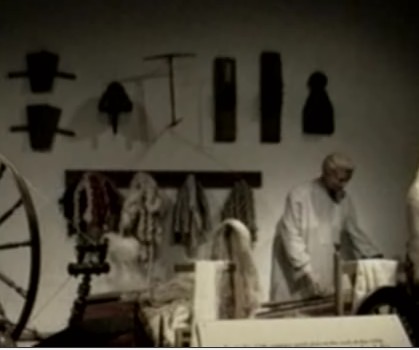
When asked why the museum curator replied ‘children don’t need to know about Hemp any more it confuses them’ similarly in the national textile museum there is no mention of Hemp either on display or in the library catalog. Another example of the Hemp cover up was the attempted destruction of all traces of the Us departments of agriculture’s film Hemp for victory.
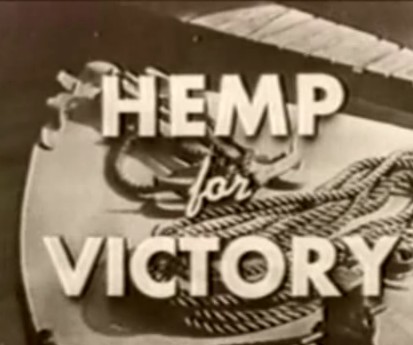
This film made in 1942 was used to encourage patriotic US farmers to grow Hemp for the war effort. After 45 years of burial in government archives it was re discovered in 1989 by Hemp activist. Straight after the war hover the government once again abolished the Hemp industry and eventually criminalized the plant. One hundred years ago the farmer produced all of the fiber all of the medicine and all of the fuel and all of the food that the society consumed that’s what farming is, you raise those four basic categories, fiber, food, medicine and fuel and you sell the into the cities.
These basic necessities of life Hemp can produce. By this process a portion of the money flows out of the city back to the land owner to the producer where land is the means for the production of wealth. It has been that way for thousands of years.
Today a hundred years later the farmer doesn’t produce any fiber, the do it with cotton which accounts for 50% of the pesticides and herbicides used in the agricultural process, who sells pesticides and herbicides?
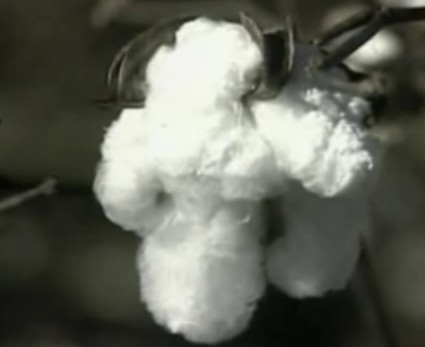
The farmer doesn’t raise any medicine now its all been monopolized by the pharmaceutical companies, the farmer doesn’t raise any fuel its all been done by the petrochemical companies. And if you go into a grocery store and look at the ingredients on the packaging.
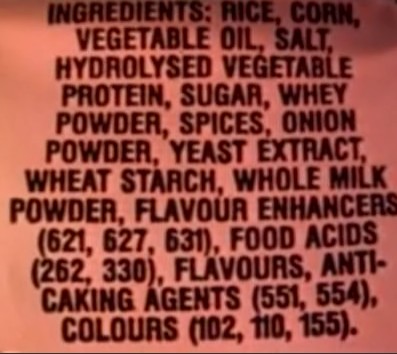
You can see for your self how rapidly the farmer is being displaced with this heritage of food production its all been taken over by the synthetic manufactures who in producing these synthetic products create the toxic waste and the hazards by products which we are having such a hard time dealing with. And not only has that it concentrated wealth in the hands of fewer and fewer people all the time.
Because the means of production of wealth is no longer the land, it is now the factories, shareholders and the people who control the controlling interests in those corporations
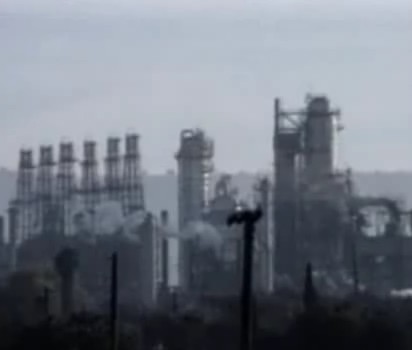
Google Videos:
Hemp Revolution part 1 of 2
Hemp Revolution part 2 of 2
Hemp has the capacity to become the greatest environmental solution and economic engine the human race has seen. People must lobby for its implementation.
Please sign the petition for support of Hemp production!
|